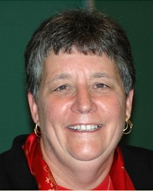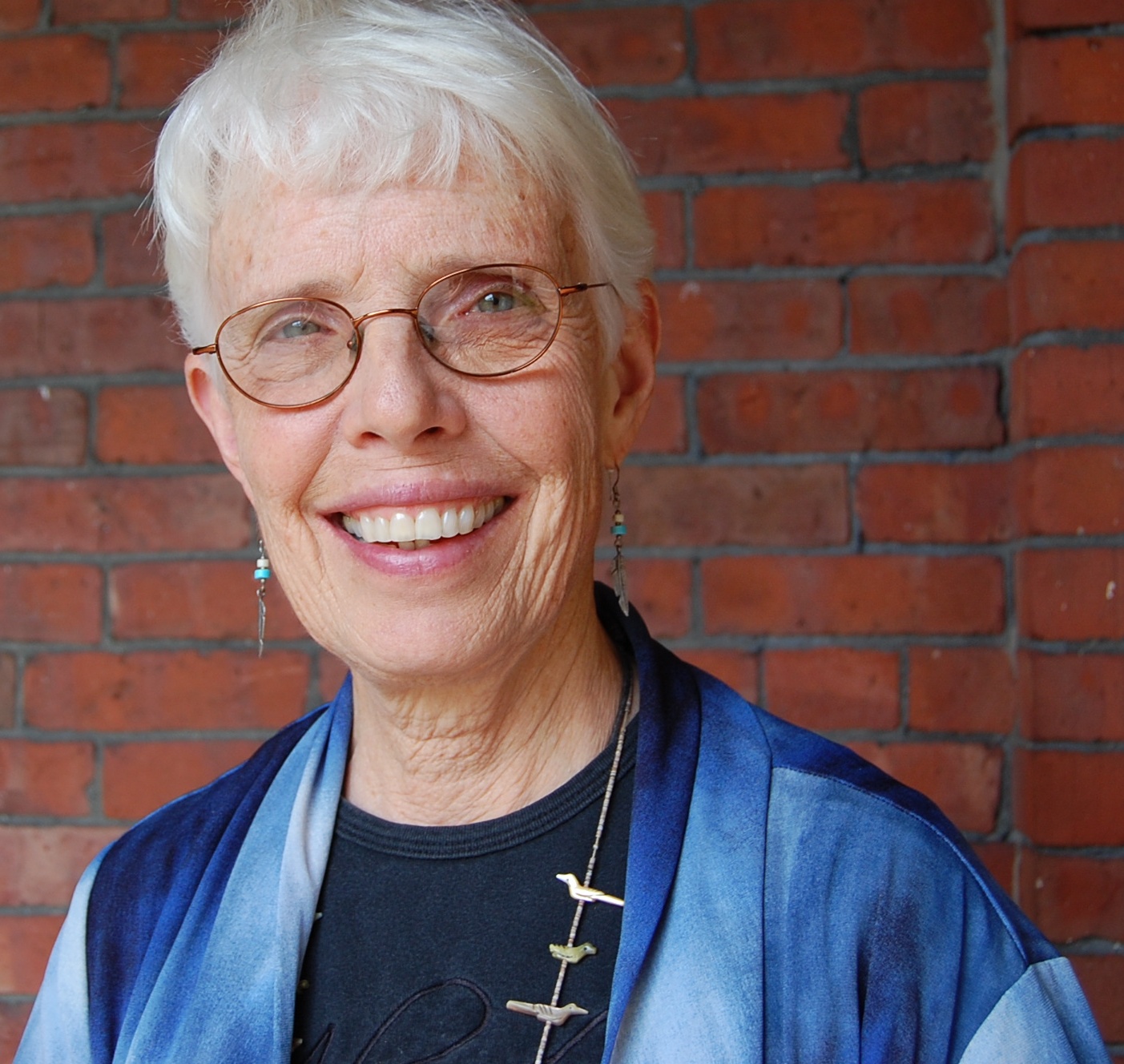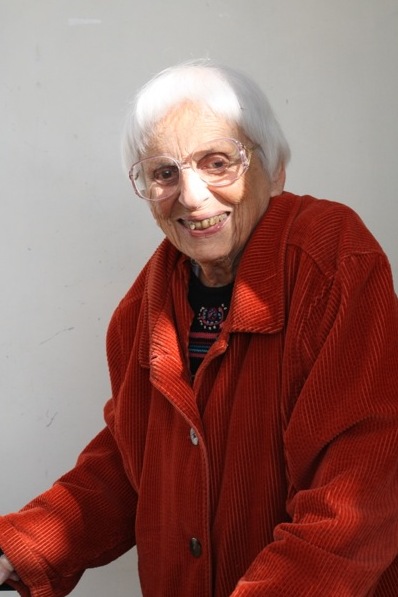Whatever happened to that great big Roman Catholic Church? It seems to be shrinking before our eyes despite unprecedented media attention. No amount of hype can disguise the Vatican’s disappearing act at the United Nations on sexual abuse, the sleight of hand in Rome at the papal canonizations, and the failed attempt to usurp women’s power through the hostile takeover of the Leadership Conference of Women Religious (LCWR) that may still turn the nuns out on their ears. The “
leaner, meaner” church desired by many conservatives during the John Paul II/Cardinal Ratzinger era is on the horizon, indeed may already be in place. Signs are hard to miss—even for those with papal stars in their eyes.
Many were thrilled by the election of Pope Francis. They were hopeful that with his pleasing personality, personal commitment to simplicity, his “Inequality is the root of social evil” tweet, and positive pastoral instincts he would bring about a new day for Catholicism. I wasn’t
entirely convinced; it takes more than one person, however charming, to dismantle a system that’s rigged in favor of a few and needs complete overhaul in order to function like a “discipleship of equals.”
I remain open to the possibility that the big tent that ought to be Catholicism may one day lower its top and open its flaps. But I’m no more persuaded now than I was four months ago—and perhaps a little less. The institutional church now appears more like a pup tent from which all but the most entitled are excluded. A review of current affairs demonstrates the reasons for my concern.
Sexual Abuse
That great big institution with a global reach that divides up the known world into dioceses has suddenly evaporated. It’s now a country of 109 acres, roughly an eighth the size of New York’s Central Park, with a population of about 600, many of whom are posted abroad. Did someone cast a spell? Was there a natural disaster that I missed in the news? No, the Holy See signed some United Nations’ treaties and now, when confronted with abiding by them, is scrambling for legal cover.
The gentlemen are claiming that they meant for the treaties to apply to their headquarters, located in Vatican City, but not for the corporate entity, the thousands of dioceses they oversee on the planet. Those folks are suddenly on their own when it comes to liability. Rome’s hands are off.
The Holy See is the “juridical personification of the Church,” considered the government of the Catholic Church. It is located in Vatican City (which really is not, by most lights, a
state). Will the real Roman Catholic Church please stand up? This is all quite murky, resulting in the current ambiguities. Some of these distinctions emerged in the signing of the Lateran Treaty in 1929 when Italy gave the land that is now Vatican City to the institutional church.
But in fact they’re distinctions without much difference, except apparently, when it might be convenient. Since when does anything apply only to the papal enclave? Maybe the contract for mowing the grass, but certainly not the institution’s position on birth control as part of government-funded health care, or even divorce and remarriage when it comes to who is welcome to receive the sacraments. The long arm of the Vatican reaches into those matters, but the real estate shrinks right up to nothing when liability lurks.
In early 2014, the United Nations’ Committee on the Rights of the Child (CRC), which monitors implementation of that Convention, questioned Vatican officials about sexual abuse perpetrated by Catholic clergy and its systematic cover-up by church officials. Former sex crimes prosecutor for the Church, Monsignor Charles Scicluna, in watershed testimony, admitted that the Vatican bore some responsibility but insisted that steps were being taken to prevent the obstruction of justice and—hopefully—future abuses. By way of defense, the Holy See claimed that its responsibility in terms of the treaty literally extended to its gates, inside of which few (probably fewer than a dozen) children live, not to its dioceses around the world. Needless to say, the Committee, with ample cause, took a dim view.
Once again in May 2014, the United Nations trained its attention on the Roman Catholic Church as a global institution, not a tourist destination. The Committee Against Torture (CAT) that monitors compliance with that UN Convention is now insisting that sexual abuse of children by adults in authority qualifies under its definition of torture, which is defined as (emphasis mine):
Any act by which severe pain or suffering, whether physical or mental, is intentionally inflicted on a person for such purposes as obtaining from him or a third person information or a confession, punishing him for an act he or a third person has committed or is suspected of having committed, or intimidating or coercing him or a third person, or for any reason based on discrimination of any kind, when such pain or suffering is inflicted by or at the instigation of or with the consent or acquiescence of a public official or other person acting in an official capacity.
It’s that last part in bold that’s so chillingly familiar in the Catholic cases.
This time, Archbishop Silvano Tomasi, the Holy See’s U.N. ambassador, tried to take refuge in its postage-stamp sized headquarters as the extent of its responsibility, the same shrinking tactic, with similar results. He didn’t take exception to the definition of torture in the Catholic case, leaving open many questions.
The Committee’s Vice Chair, highly regarded human rights advocate Felice D. Gaer, pushed Mr. Tomasi on the obvious: by distancing itself from the vast majority of the Roman Catholic Church’s corporate being, the Holy See “would create important gaps in the coverage” of the treaty as written and intended. In essence, cases of sexual abuse that did not take place within the confines of Vatican City would not be the Church’s responsibility. This is a hard case to make since the headquarters, not the dioceses,
laicized 848 priests and punished in a lesser way 2,572 from 2004 to the present.
The institutional church is shrinking before our eyes precisely to avoid potential litigation. If a crime is prosecuted as torture, the statutes of limitations in many jurisdictions no longer apply. In essence, this could result in a new spate of lawsuits against the institutional church especially by people who were unable to articulate the harm done to them within the time limits set on reporting/litigating sexual abuse cases. No wonder officials are willing to make the embarrassingly dubious argument that they are really only a little tiny place after all. Would that such modesty were employed when it comes to contraception or marriage equality where the Vatican spends millions of dollars trying to make its view stick all over the world.
Canonization
A similar disappearing act took place during the recent canonization (that looked oddly like a coronation) of Popes John XXIII and John Paul II. John XXIII seemed to disappear in a sea of Polish flags celebrating John Paul II. I wasn’t there, but from television and press reports one got the sneaking suspicion that this wasn’t really about two saints, but rather one prominent one and a runner-up who was grandfathered in. After all, John XXIII’s case had been made far earlier and it would have been unseemly to fast track John Paul II, despite his popularity.
The media largely bought the Vatican’s talking points that this twofer celebration was meant to unite widely divergent contingents of Catholics. Juxtaposed were the aging progressives who remember and thank John XXIII for his leadership of Vatican II, and those with shorter memories who have known only a more doctrinaire church led by John Paul II, and by extension, Pope Benedict XVI who arguably called many of the shots in the latter years of John Paul II’s papacy before assuming the Chair of Peter himself.
I daresay the reality was a bit more complicated than that, beginning with the transparently messy theo-political process of naming saints at all. The speed with which John Paul II glided through the hoops and hurdles made clear just how fishy, not to say corrupt, the whole deal is. The requirement of two miracles was suddenly waived in the case of John XXIII with the assurance that people already consider him a saint. That is a claim most of us would make about our mothers, but that doesn’t get them the Vatican treatment.
In my view, all of this amounted to a timely reinforcement of the monarchical model of church. Lest anyone labor under the delusion that things have really changed with Pope Francis, the celebration featured the kyriarchal church doing as it pleased—clergy dolling up in their best duds, bureaucrats putting the current pope through his paces to be sure that he’s really what the cardinals elected him to be—namely, a “company” man in every sense of the term (The Society of Jesus, of which he is a member, was called “The Company of Jesus” by its founder Ignatius). It was a time to fill hotels and buses with pilgrims, many from Poland, who favor a model of church that is telegenic, profitable, otherworldly, elitist, and hierarchical. That John XXIII convened a council at which seeds were planted for a very different model—a more horizontal, participatory church—was all but lost in the incense.
Editorial cartoonist Tom Toles depicted the whole farce in a memorable cartoon in theWashington Post. Gazing at a poster that says “Prevent child abuse,” a person asks, “What do you call someone who drags his feet on identifying and punishing abusers?” A person reading from the works of John Paul II replies, “Saint?”
Enough said.
The contradictions of the whole event were not lost. The hoopla of an outdated organization was used to celebrate one of its own, and, ironically, one of the people responsible for its potential transformation. No wonder the John Paul II people were there in droves and many of the John XXIII types took a pass.
The net impact of the canonizations was to reinforce and reinscribe the hierarchal, clergy-centric church by naming two of its recent leaders as saints. Pretty clever. And it worked effectively to shore up the foundations once again and assure people, especially those inside the walls of the Vatican, that they are still firmly in charge. The rest of us have been “disappeared” in the incredible shrinking church.
Leadership Conference of Women Religious (LCWR)
A slightly
different kind of shrinkage can be seen in the failed attempt on the part of the Congregation for the Doctrine of the Faith to domesticate the Leadership Conference of Women Religious. The Congregation issued a Doctrinal Assessment in April 2012 alleging that the women were not upholding and promoting the institutional church’s view of the world.
For the next five years they were to reform themselves and function under the aegis of Archbishop Peter Sartain and two auxiliary bishops who would review both their annual meetings and publications. The Vatican’s unrealistic hope was that the women would see the supposed error of their ways and comply with the Vatican’s wishes, parroting their theology and championing their priorities.
In fact, what has happened in the two years since the hostile takeover is something quite other. The nuns (who after all are lay people until the first one is validly and licitly ordained) enjoy a great deal of support among other rank and file Catholics, more support than most of the clergy. The women’s ministries focus on those who are poor, marginalized, ill, young, or otherwise on the periphery of an unjust world. They are Earth-loving and engaged in structural change to eradicate injustice. Their simple lifestyles and commitments to the poor are well known. Their contributions to theology and ministry, their ways of being responsible adults in mature, loving communities are something for the clergy to emulate, not condemn.
Alas, when Cardinal Gerhard Müller made his April 30, 2014 Opening Remarks in a meeting with the Presidency of the Leadership Conference of Women Religious he
complained that the women were going about their business without feeling any need to consult Archbishop Sartain on matters that are internal to LCWR. No surprise there. The women
characterizedthe meeting as “respectful and engaging” and let the prelate prattle on in the press.
The straw that broke the camel’s back was apparently LCWR’s decision to honor Dr. Elizabeth Johnson, Distinguished Professor of Theology at Fordham University and a Sister of St. Joseph of Brentwood, with their Outstanding Leadership Award at their August 2014 Assembly.
The U.S. Catholic Bishops’ Committee on Doctrine singled out Professor Johnson for criticism in 2011. They
declared that her book,
Quest for the Living God: Mapping Frontiers in the Theology of God (NY: Continuum, 2007), contains “misrepresentations, ambiguities, and errors that bear upon the faith of the Catholic Church” and “contaminates the traditional Catholic understanding of God.”
Few reputable theologians shared this assessment of her work; most colleagues praised her as doing solid feminist work in an ecclesial context. Sales of her book increased with the attention, but there’s no trivializing the harm done by such egregious judgment of the Bishops’ Committee. Still, Elizabeth Johnson continues to write and teach according to the data she gathers, exhibiting the kind of leadership that LCWR values, and well within the conversations and parameters of the institutional church.
If LCWR really wanted to pull the prelates’ pigtails they could have chosen to honor theologian/philosopher Mary Daly posthumously for her earthshattering insights that took the world “beyond God the Father.” Or they could recognize the leadership of theologian and biblical scholar Elisabeth Schüssler Fiorenza who named “kyriarchy” as interlocking forms of oppression that privilege some and oppress others with the Roman Catholic Church as Exhibit A, and offered a biblically-based antidote to it—namely, the concept of a “Discipleship of Equals.”
Or, they could extend their praise to theologian Rosemary Radford Ruether who has spelled out the historical foundations of women’s full personhood, connections between Earth and the divine, and useful insights into ministry, ordination, and ethics. LWCR could look south to Latin American theologian Ivone Gebara who articulates consistent, justice-focused ideas that reflect her context and commitments. All of these women fit
LCWR’s stated criteria and push the theological envelope far beyond the confines of the institution. Elizabeth Johnson was a wonderful choice, and there are many other fine picks for the future. The Cardinal’s negative reaction only reveals the size of the gap between the women’s reality and the worldview of the Congregation for the Doctrine of the Faith.
The other issue that got Mr. Müller’s goat was the LCWR’s exploration of the various relationships between religion and science which the Vatican mistakenly collapses into something generically pegged as “conscious evolution,” a phrase used by one of LCWR’s plenary speakers, Barbara Hubbard. While Hubbard’s work is helpful, there is much more at play: how faith and reason function in postmodernity; the various new cosmologies that ground theological thinking; and the exciting insights emerging from gene theory, to name just a few examples. LCWR provides educational opportunities for its members. Perhaps the Congregation thinks they’re still learning the alphabet, but these women are sophisticated thinkers, well read, and eager to plunge into the complexities of our day. Drawing a parallel between such study and the “Gnostic tradition” makes no apparent sense. Do the men have any idea of what Gnosticism was, or is it just a scary word thrown out to make a point?
I doubt that it occurred to Mr. Müller to ask Mr. Sartain—just sort of archbishop to archbishop if you know what I mean—why he thinks the women did not ask his permission or beg his pardon about their choices. The answer is because they don’t need it. I’m left to imagine these teeny, tiny archbishops and the great big women they need to control. The men must be terrified in their impotence.
This time around Cardinal Müller’s trump card was in an expression set off by commas toward the end of his discourse. Having worked himself into a lather over the nuns’ purported failure to comply, he closed his statement with the notion that religious life can “only flourish within the ecclesial faith of the Church. The LCWR, as a canonical entity dependent on the Holy See [emphasis mine], has a profound obligation to the promotion of that faith as the essential foundation of religious life. Canonical status and ecclesial vision go hand-in hand.” I.e., shape up or ship out. This threat—to make the institutional church even smaller by ousting LCWR and probably replacing it with the Council of Major Superiors of Women Religious that would be more likely to do the men’s bidding—is consistent with the other two examples of church shrinkage.
Small can be beautiful, and less is usually more. But as the kind of shrinkage to which I’ve pointed continues, the robust, diverse, committed Catholic community that so many hoped would accompany Pope Francis’ papacy seems a distant dream. The current reality more closely resembles a bad movie. With many others, I’m working on a different sequel, one that features expansion and inclusion, openness and a warm embrace for all.




